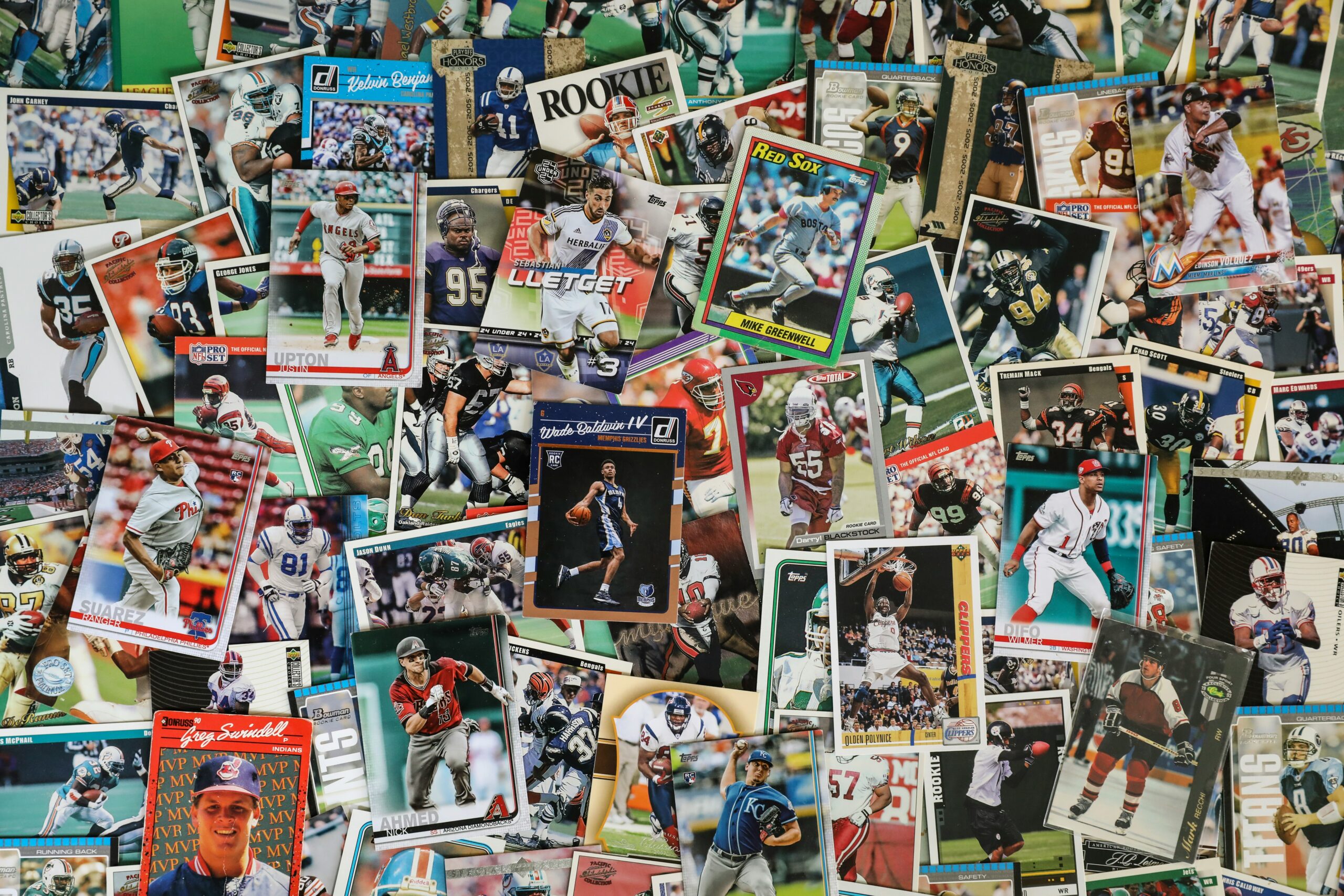
The world of sports memorabilia has experienced a remarkable transformation in recent years. Traditional trading cards, once carefully stored in binders or showcased in glass cases, are now evolving into digital formats. Digital trading cards are emerging as a popular and innovative way for sports enthusiasts to collect, trade, and showcase their favorite athletes. But is this new trend the future of sports collecting, or just a passing craze?
The Rise of Digital Trading Cards
Digital trading cards are virtual representations of athletes, moments, or achievements, often stored on blockchain technology to ensure authenticity and rarity. Unlike physical cards, these digital versions can be bought, sold, and traded online without the constraints of physical storage. Platforms offering digital cards have seen explosive growth, driven by sports fans’ desire for modern, accessible ways to engage with their favorite teams and players.
One of the key factors driving the rise of digital trading cards is convenience. Fans no longer have to worry about cards getting damaged, lost, or stolen. Instead, their collections are securely stored online, available at any time and from any device. The ability to instantly buy or sell cards also opens up new opportunities for fans to participate in a global marketplace.
Authenticity and Scarcity in a Digital World
A significant concern in traditional card collecting has always been authenticity. Counterfeit cards have plagued collectors for decades, creating uncertainty in the market. Digital trading cards, however, offer a solution through blockchain verification. Each card is uniquely encrypted and cannot be duplicated, making it impossible to forge. This technology ensures that collectors can confidently buy and sell cards, knowing they are getting exactly what they pay for.
Scarcity is another critical factor. Digital cards can be issued in limited editions, creating value and excitement similar to rare physical cards. Some cards are one-of-a-kind, while others are part of small, numbered sets. This limited availability encourages trading and investment, turning card collecting into a dynamic and engaging hobby.
Interactive and Immersive Experiences
Digital trading cards also offer experiences that physical cards cannot. Many platforms incorporate interactive features such as video highlights, stats tracking, and augmented reality elements. Fans can watch their favorite plays directly on the card. Follow a player’s season performance, and even participate in virtual games or competitions using their collections. This level of immersion deepens the connection between fans and athletes, making the hobby more engaging than ever before.
For younger generations, accustomed to digital media and gaming, these interactive elements make collecting more appealing. Digital trading cards merge the thrill of traditional sports memorabilia with modern technology, appealing to both seasoned collectors and newcomers alike.
Monetization and Investment Opportunities
Digital trading cards are not just about fan engagement; they also represent a new form of investment. With the rise of online marketplaces, rare digital cards have gained substantial value, sometimes selling for thousands or even millions of dollars. Investors are drawn to these cards because of their potential to appreciate over time, especially if associated with iconic athletes or historic moments.
This new collectible market also allows athletes and teams to engage directly with fans in ways never possible before. Limited edition releases, special events, and exclusive digital drops create excitement and drive demand, while also providing a revenue stream for sports organizations. Collecting cards has shifted from a hobby to a hybrid of entertainment and investment. Making it a compelling venture for both fans and professionals.
Challenges and Considerations
Despite their many advantages, digital trading cards face challenges. The reliance on technology means that collectors must navigate issues such as platform security, digital wallets, and account management. Additionally, the environmental impact of blockchain technology has raised concerns, as energy-intensive processes are sometimes used to verify transactions.
Another consideration is the emotional connection collectors feel with physical cards. Many fans value the tactile experience of holding a card, the smell of new packs, and the nostalgia of completing a physical collection. While digital cards offer convenience and innovation, they may not fully replace the sentimental value associated with traditional collectibles.
The Future of Sports Collecting
The future of sports collecting is likely to be a blend of physical and digital experiences. Hybrid models, where collectors can link digital cards to physical counterparts, are already emerging. These innovations cater to both traditional collectors and tech-savvy fans, creating a more inclusive and versatile market.
As technology continues to advance, digital trading cards are expected to become more immersive and interactive. Features such as virtual reality showcases, enhanced statistics, and social integration will further enrich the experience, making sports collecting a dynamic and engaging hobby for years to come.
Digital trading cards represent a significant evolution in the world of sports memorabilia. They offer convenience, authenticity, scarcity, and interactive experiences that physical cards cannot match. While challenges remain, the potential for fan engagement, investment opportunities, and technological innovation make digital trading cards a promising and exciting frontier in sports collecting. Whether they will completely replace physical cards or coexist alongside them, one thing is clear: the future of sports collecting is digital.